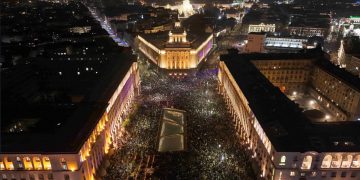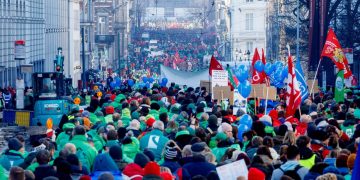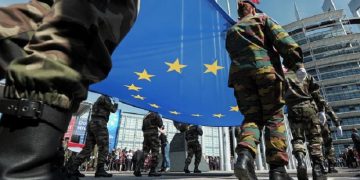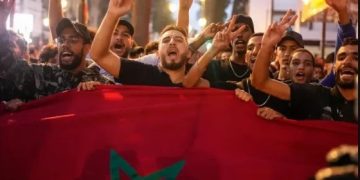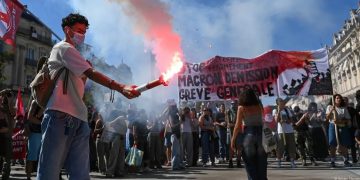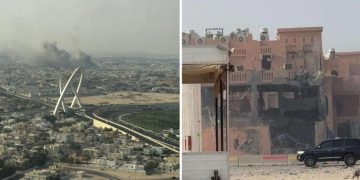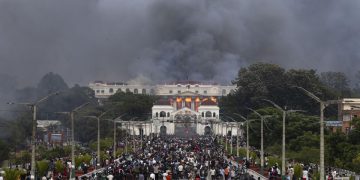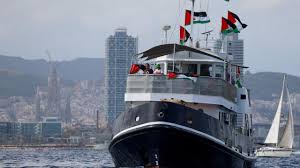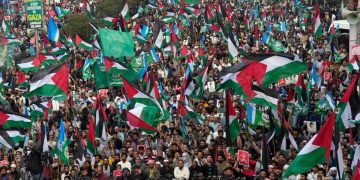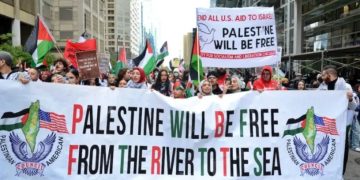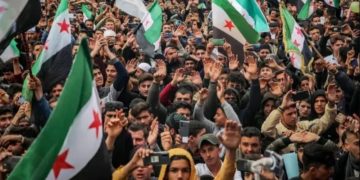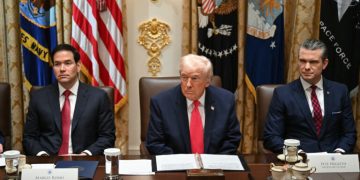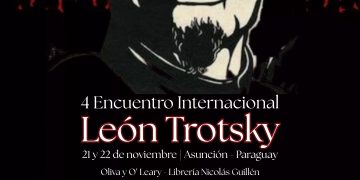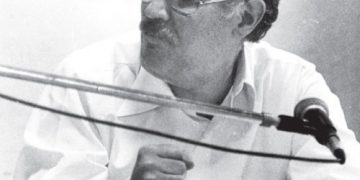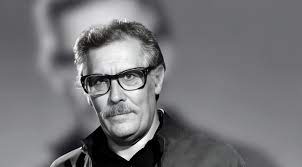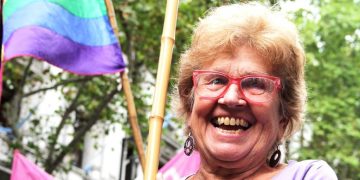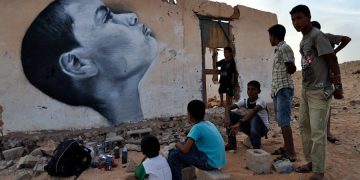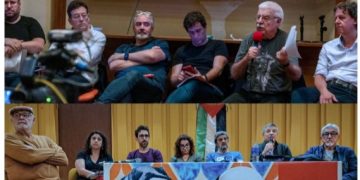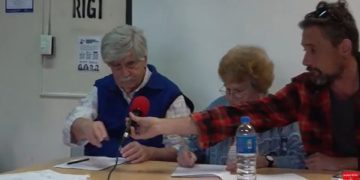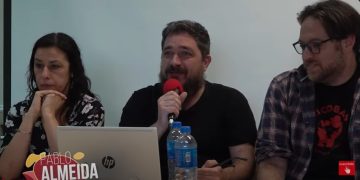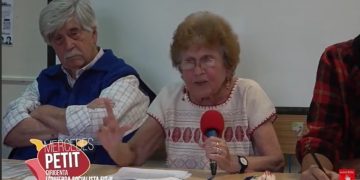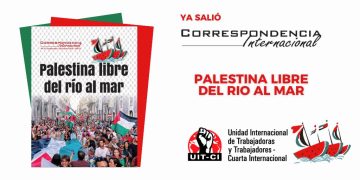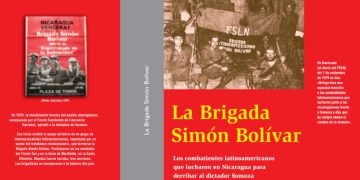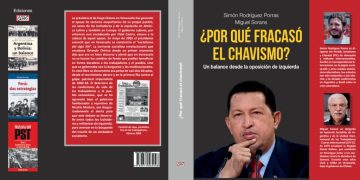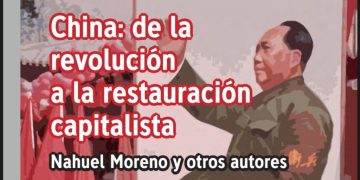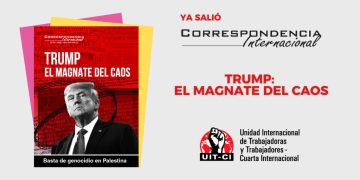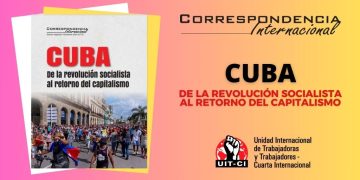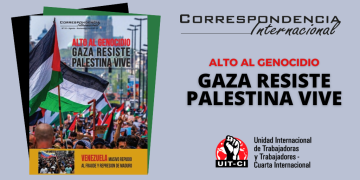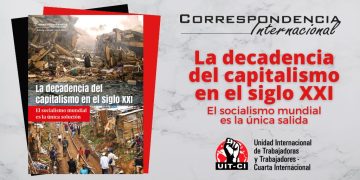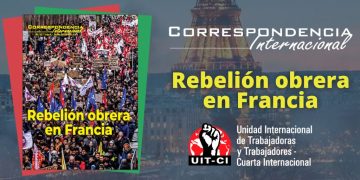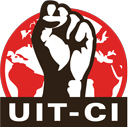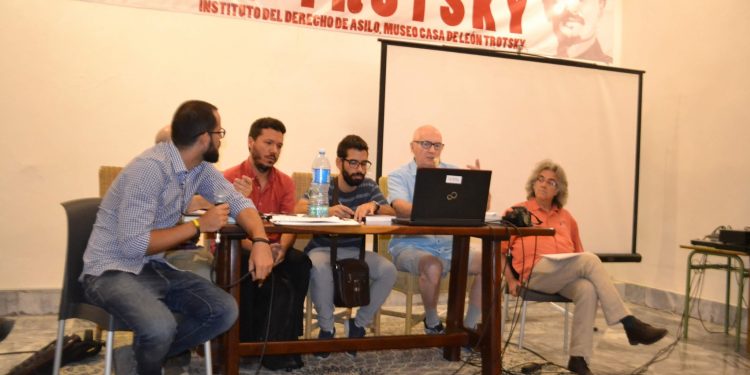 Academic meeting on Leon Trotsky in Cuba
Academic meeting on Leon Trotsky in Cuba
Correspondent of the International Correspondence, the magazine of the IWU-FI
The first Leon Trotsky International Academic Event, sponsored by the Philosophy Institute and the Juan Marinello Cuban Institute of Cultural Research, was held at the Benito Juarez house in Havana between 6 and 8 May, with the collaboration of other institutions, including the Leon Trotsky House Museum from Mexico City. The presentations included Trotsky’s contribution to the Marxist theory, his involvement in the cultural and artistic debates, Trotsky as a historian, among other topics. Simon Rodriguez Porras, Venezuelan Trotskyist, co-writer of the book Why did Chavismo fail? A balance sheet from the left opposition, a member of the Socialism and Freedom Party of Venezuela and the IWU-FI took part in the panel Revolution in the Caribbean and the continent with the paper The validity of the IV International in the 21st Century.
There is a growing interest in Trotsky’s figure and theoretical legacy in Cuba, where students and intellectuals develop debates about the experience of the USSR and the meaning of the economic and social changes the island has undergone in recent decades. They reflect this interest in art and culture. The Man Who Loved Dogs, by Cuban novelist Leonardo Padura, is a literary work that deals with the life of Trotsky and his murderer, Stalinist agent Ramon Mercader, who lived his last years on the Caribbean island. They sold two editions of this novel in Cuba. In one work by Cuban artist Ruben Alpizar, exhibited at the Havana Biennial at the same time as the academic event was taking place, Trotsky can be seen as one of the iconic figures who occupy Noah’s Ark, along with Cuban writer Guillermo Cabrera Infante and singer Celia Cruz, among other referents. Although her outreach work was directed more to the exterior than to the interior of Cuba, the late intellectual Celia Hart also proclaimed herself openly as a Trotskyist in the last decade.
Against the tide
The coordinator of the event was the Cuban researcher Frank Garcia, who admirably overcame the obstacles to its realisation, with the collaboration of equally tenacious young people such as journalist Lisbeth Moya and writer Yunier Mena. At the opening of the event, Garcia considered the Cuban Trotskyists as misunderstood revolutionaries and recalled the title of the Mexican cartoonist Rius, The Devil Is Called Trotsky when he vindicated the Bolshevik leader. His bold initiative and tireless work allowed the realisation of this historic event, which was attended by about 60 international guests from some fifteen countries.
Unfortunately, the attendance of young Cuban students, researchers and activists were very limited. They did not announce the activity publicly and the entrance to the Benito Juarez house was restricted to a previously elaborated list of guests. Customs withheld donations of Trotsky’s books and other materials. For many in the state apparatus, Trotsky remains a four-letter word, just as it was in the 1970s when the last Trotskyists in Cuba were imprisoned.
Not a few Cuban academics and intellectuals strive to incorporate the study of the work and theoretical legacy of the Russian revolutionary into the reflection on the Soviet experience and on the changes underway on the island, overcoming long-standing institutional resistance. Without reaching a dozen, the young Cubans attending the activity showed great interest in the debates raised from this critical Marxist current of Stalinism. The left opposition to Stalinism had important figures in the 1920s and 1930s in Cuba such as the young leader Julio Antonio Mella and the workers’ leader Sandalio Junco. Unfortunately, in the 1960s Trotskyism in Cuba came to be identified with the Posadist current, known for its nonsensical and erratic policies. Without claiming to be a Trotskyist, Che Guevara in his last years recommended the publication of Trotsky’s books in Cuba and carried his texts among his last belongings in the Bolivian guerrilla. Nahuel Moreno deservedly paid homage to the guerrilla commander as «hero and martyr of the permanent revolution».
Three days with an intense agenda
Esteban Volkov, Trotsky’s grandson, sent his greeting to the event. They launched Trotsky in the Mirror of History, by Peruvian historian Gabriel Garcia, and a new edition of The Revolution Betrayed by the Karl Marx Centre for Socialist Studies and the compilation Latin America Writings by the Leon Trotsky Centre for Socialist Studies and Thinking, and extracts from a documentary in preparation, The Most Dangerous Man in the World, by audio-visual producer Lindy Laubman.
We discussed a great variety of topics during three days of intense activity. Among the papers presented, Paul LeBlanc spoke about Trotsky’s struggle against Stalinism, Clara de Freitas spoke about the critique of Lenin’s cult developed by Stalinism, Suzi Weissman spoke about the breakup between Trotsky and Victor Serge, Helmut Dahmer developed a paper about the relationship between Walter Benjamin’s work and that of Leon Trotsky, Marcela Fleury examined the relationship between Eisenstein’s cinematographic work and the theory of permanent revolution, Armagan Tulunay drew parallels between Trotsky’s exile in Turkey and that of Nazim Hikmet in Havana, Flo Menezes spoke about the Trotskyism of Brazilian Mario Pedrosa, Yunier Mena spoke about art and culture in The Betrayed Revolution, Dan La Botz presented a paper on the debates between Trotsky and Souvarine, Alex Steiner reviewed Hegel’s studies by Trotsky, Daniel Perseguim reviewed the Mexican phase of the Bulletin of the Opposition, Rafael Bernabe addressed the emergence of U.S. imperialism according to Trotsky and the Puerto Rican case, while Ricardo Marquez spoke about Julio Antonio Mella and the Cuban Trotskyism.
Among the interventions of Cuban researchers, Natasha Gomez, professor of philosophy at the University of Havana, emphasised the importance of the theory of permanent revolution, of which Marx himself was a precursor, for a Marxist reading of revolutions in peripheral countries such as Cuba itself. Wilder Varona, of the Institute of Philosophy, stated that Cuba had a historical debt with Trotsky and with the Trotskyist movement, whose contributions were relevant in the present «dispute of meaning». The researcher Caridad Masson exposed from the perspective of Stalinism the arguments used both to expel the black workers leader Sandalio Junco from the Communist Party and to assassinate him when he was already a leader of the Bolshevik Leninist Party. The speech generated indignation because it bordered on the apology of a brutal crime, but there were no interruptions.
The speeches and lectures that delimited Marxism from Stalinism, its bureaucratic and reformist distortion, were repetitive. There was no lack of polemics between different currents about the social character of the USSR, the revolutions of the post-war period, the debates between Trotsky, Nin and Serge, among other topics.
The validity of the IV International
In his presentation, Simon Rodriguez Porras presented «a reading of what it means to be a Trotskyist at present, through an interpretation of the validity of the project of the IV International, which (Trotsky) considered the most important work of his life». The researcher recalled that Trotsky considered the Communist International definitively depleted «after the disastrous policy of Stalinism that helped the rise of Nazism to power. Less than a year after the founding of the Fourth International, they signed the infamous Molotov-Ribbentrop pact. The IV International resumed the internationalist tradition. «There is evidence that this debate (that of internationalism versus socialism in one country) was the one that most troubled Stalin at the time he ordered Trotsky’s assassination.
The paper contrasted the tasks that the Fourth International established for itself with today’s world. «The fall of the USSR and the restoration of capitalism at the end of the 20th century in the countries where the bourgeoisie had been expropriated, undoubtedly had a profound political impact, as none of these countries achieved a regime of workers’ democracy that preserved the social conquests and the expropriation of the bourgeoisie. To conclude that there was capitalist restoration we based ourselves on the criteria by which during the NEP Lenin and Trotsky considered that the USSR continued to be a workers’ state: the state monopoly of foreign trade, state economic planning and the nationalisation of the fundamental sectors of the economy. The restoration of capitalism implies that in countries like China, where the Communist Party governs allied to the trans-nationals or Russia, under the conservative government of Putin, shows the need for a new socialist revolution.
A new episode in the cyclical crisis of capitalism erupts in 2007. Economic inequality has reached its highest levels in history. There are no «anti-imperialist» or «progressive» bourgeois sectors that can play a leading role for a stage of «national liberation,» as Stalinism still poses following a scheme of «revolution by stages”. The most dramatic case of failed class-collaboration projects in Latin America is that of Venezuela, where austerity plans, with a brutal reduction in wages and social spending, forced over 10 percent of the population to emigrate, a crisis aggravated this year by the American economic sanctions. A consistent revolutionary position implies repudiating the U.S. economic sanctions against Cuba and Venezuela and the coup attempt promoted by Trump but maintaining full political independence. In the countries of North Africa and the Middle East where great popular rebellions continue to emerge, the absence of revolutionary parties that organise a fundamental change, raising a socialist alternative to the crises, has transformed great triumphs into defeats. In concluding, Rodriguez claimed that «it is still possible and necessary to build a revolutionary world party to fight against a system it is also a world system”.








